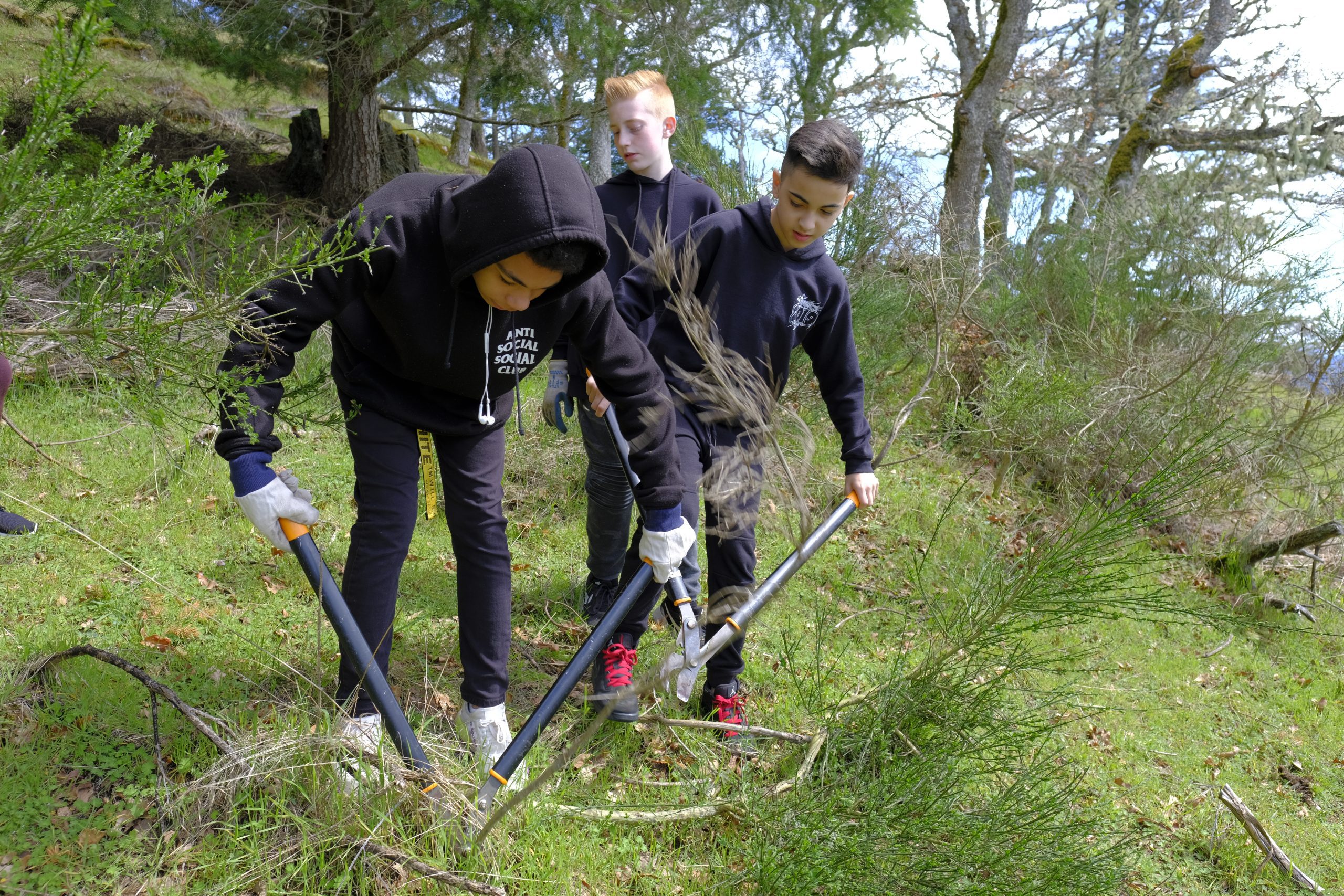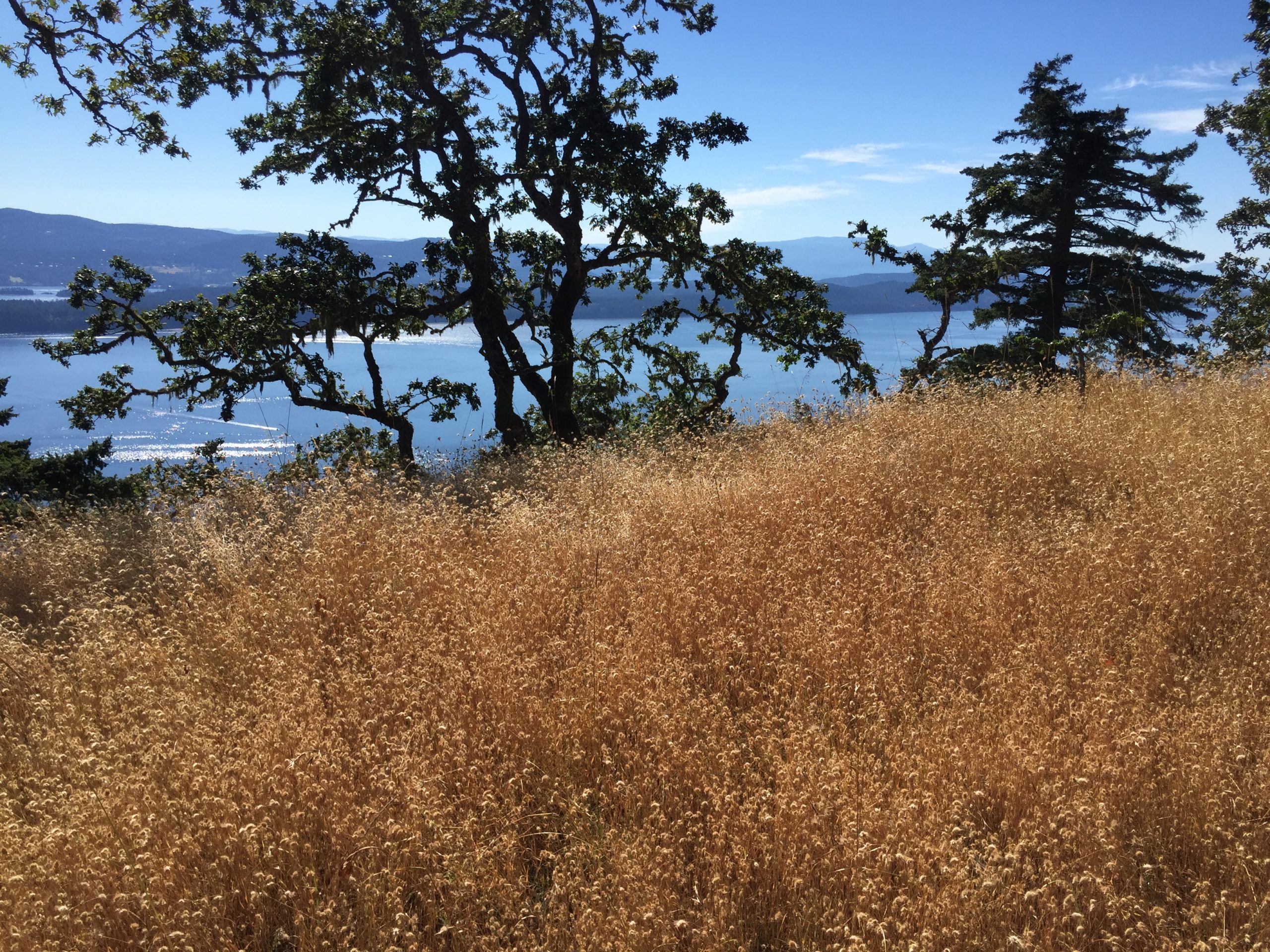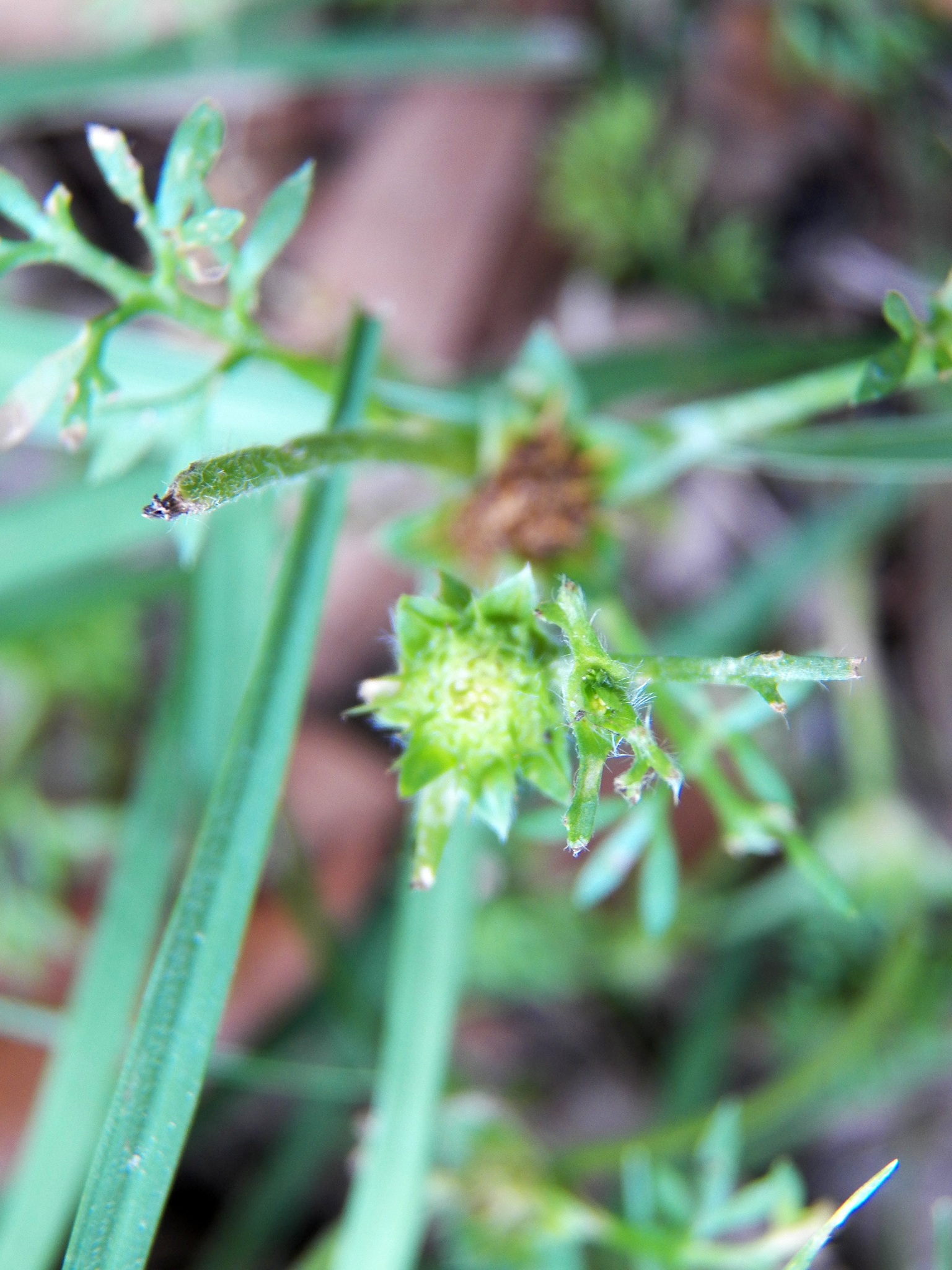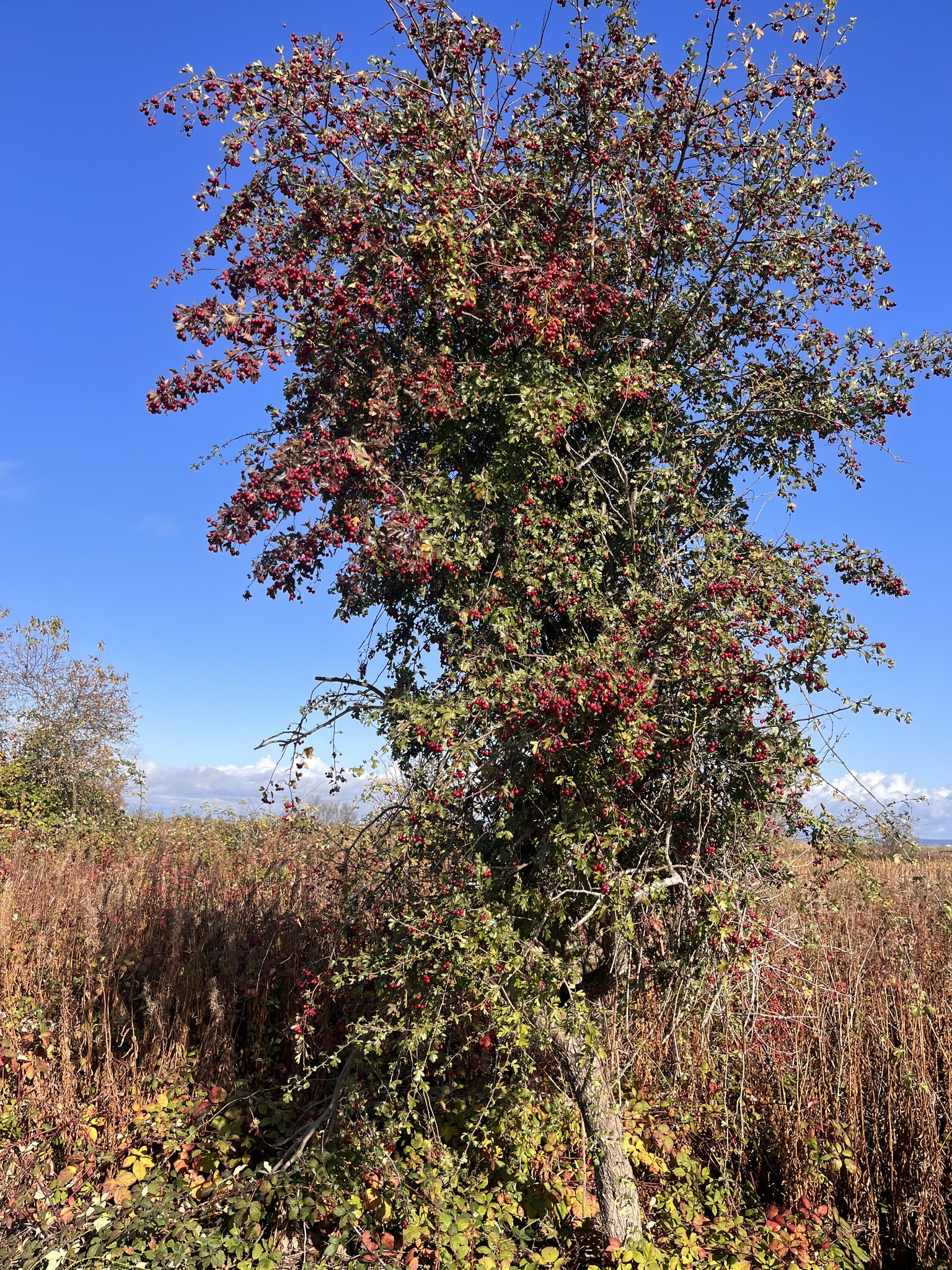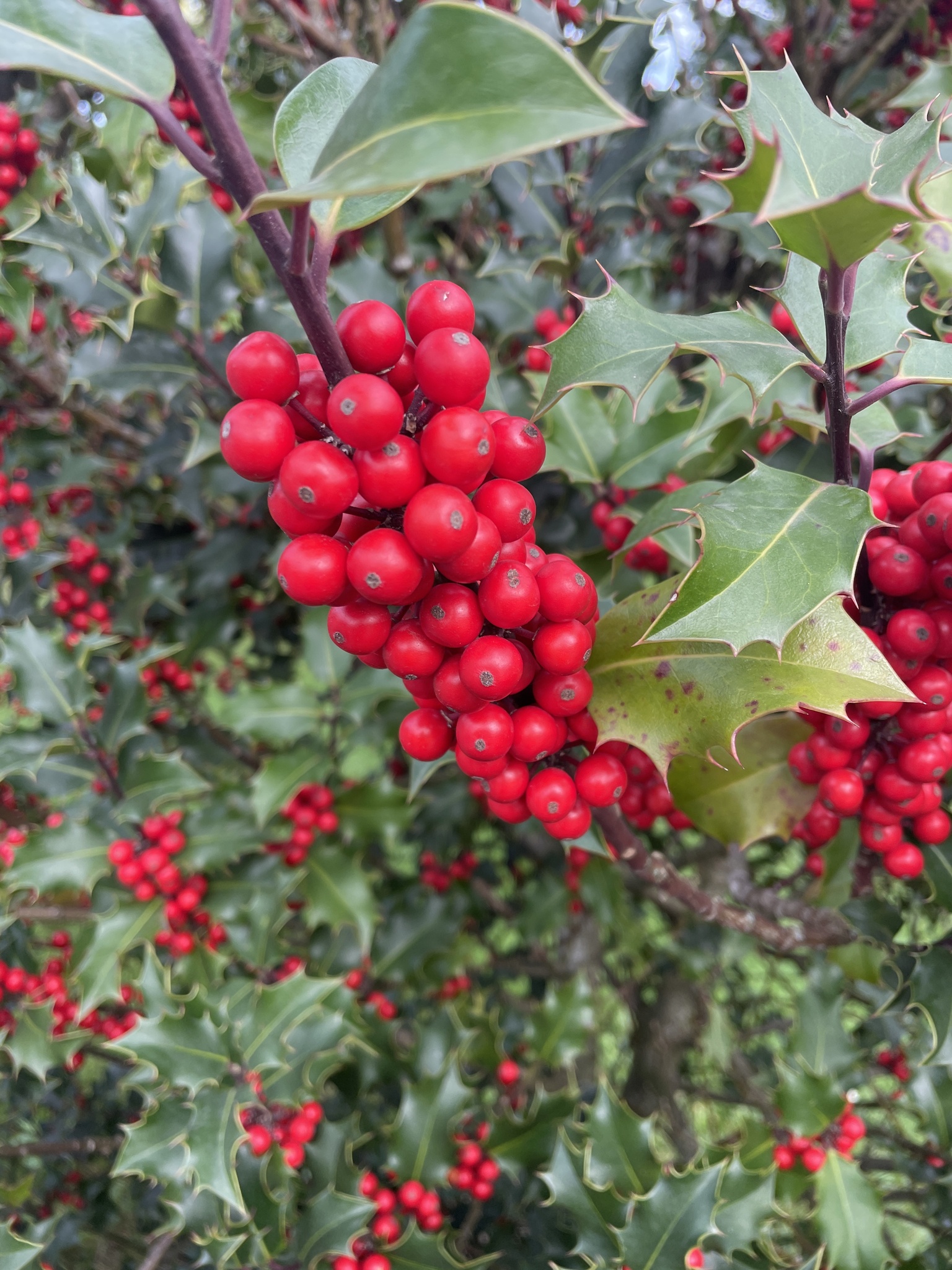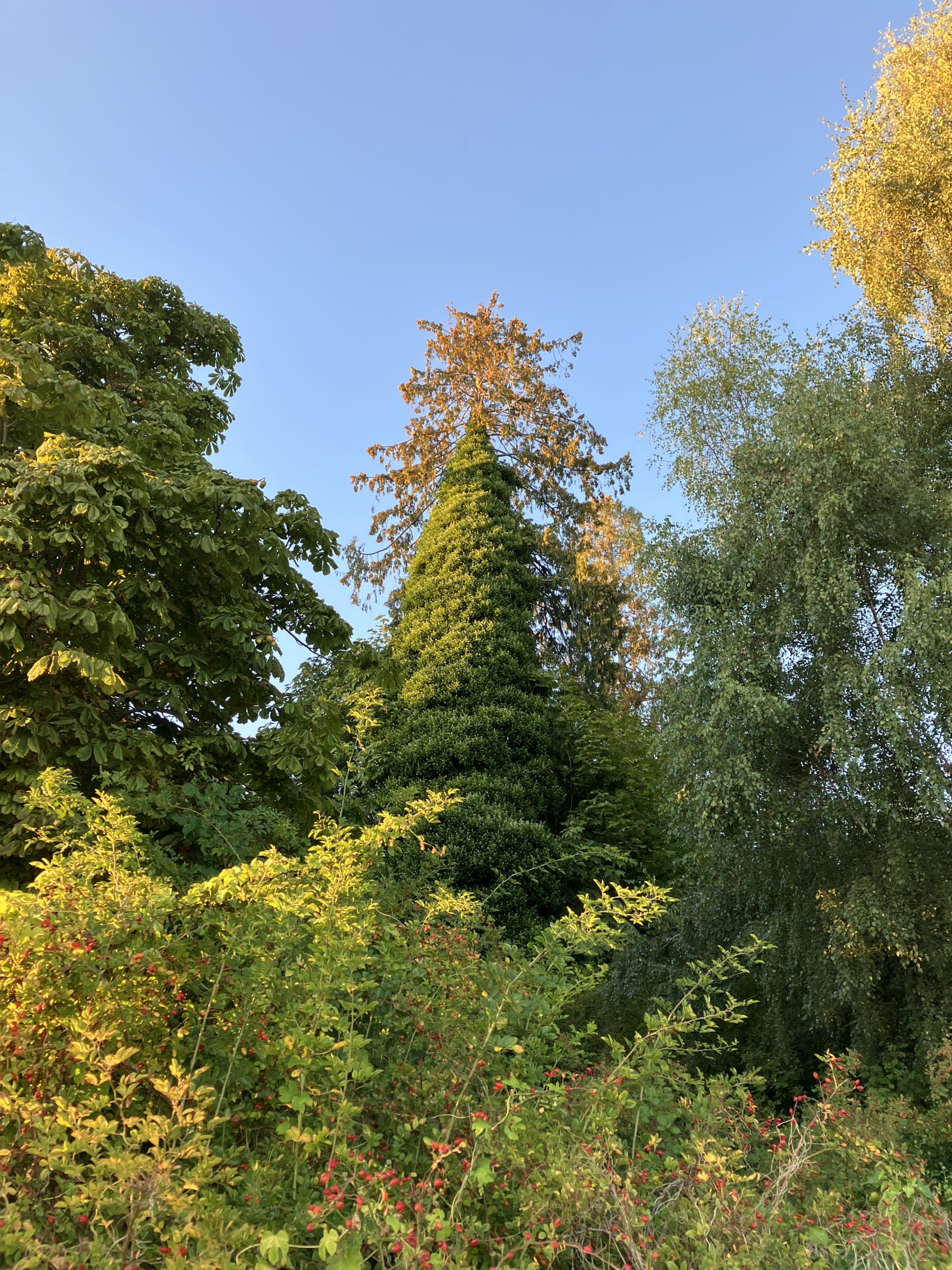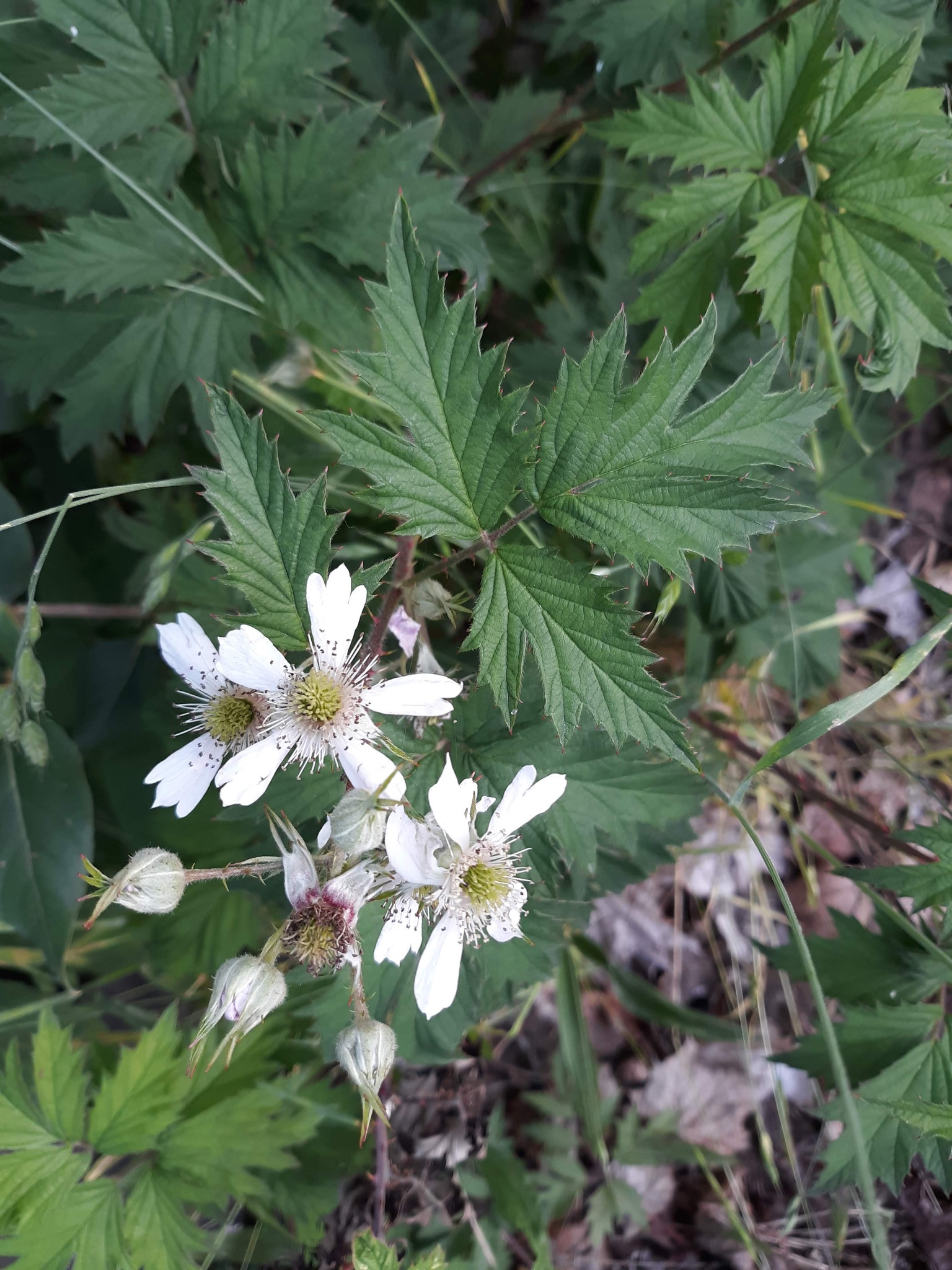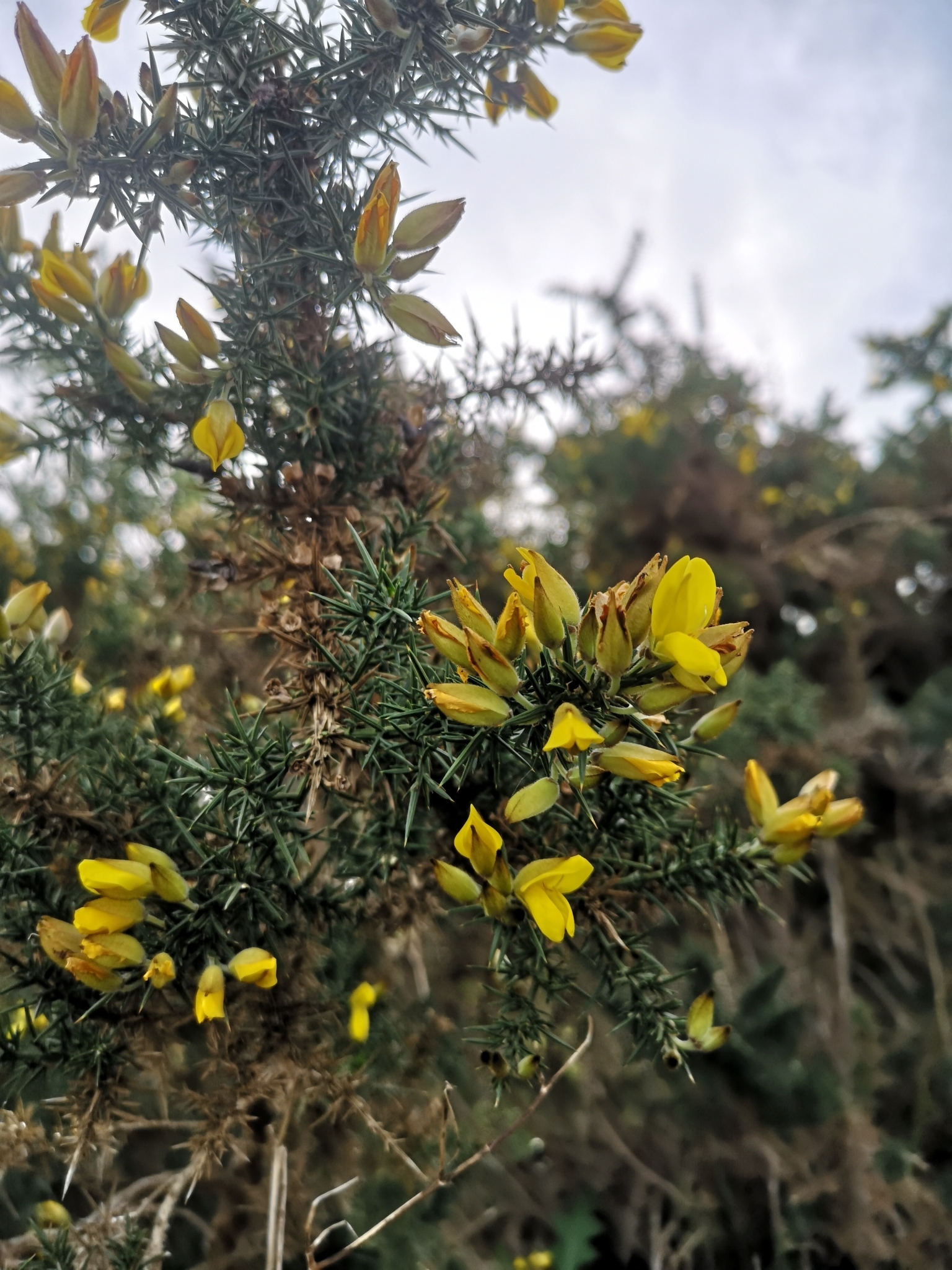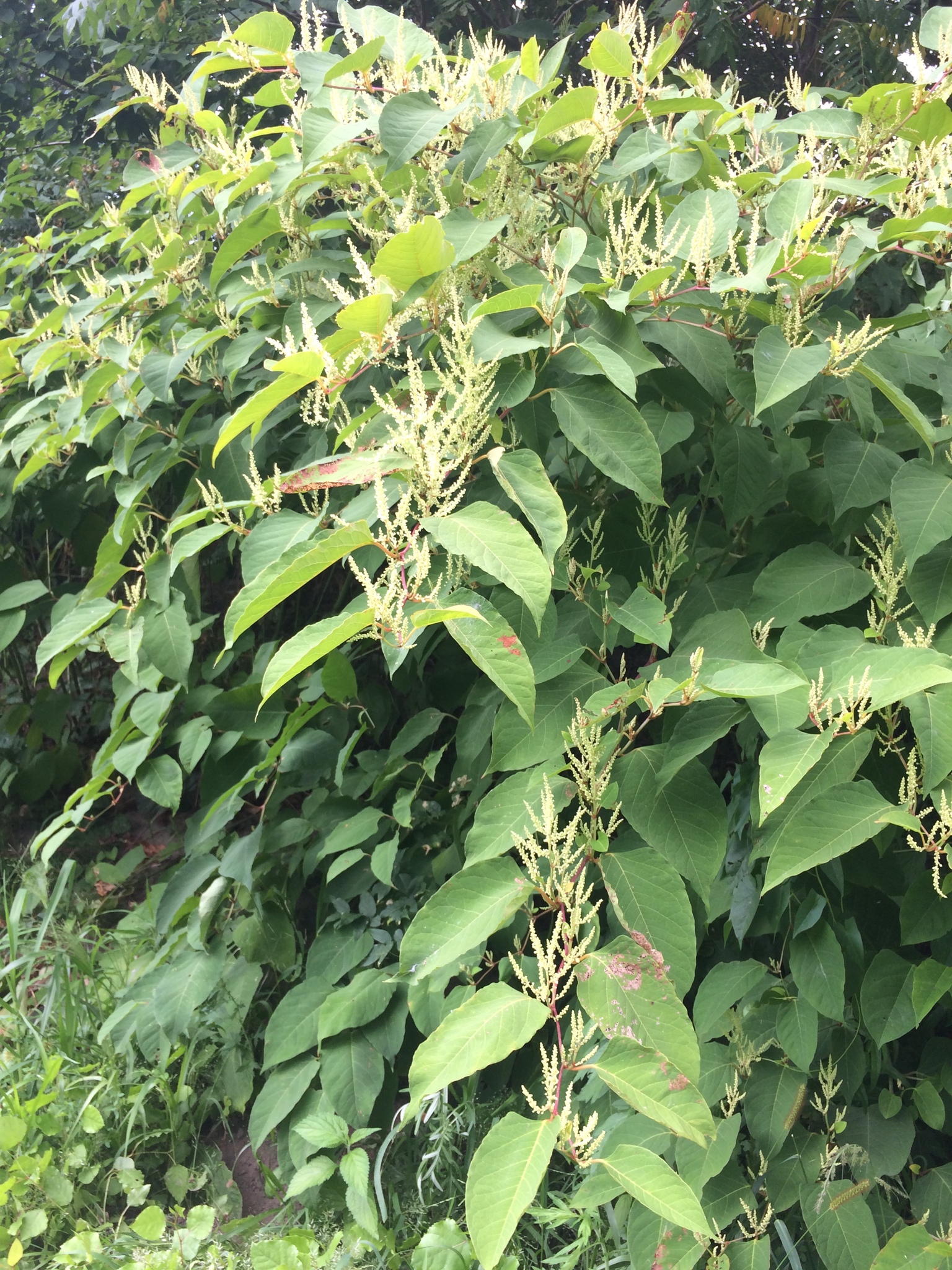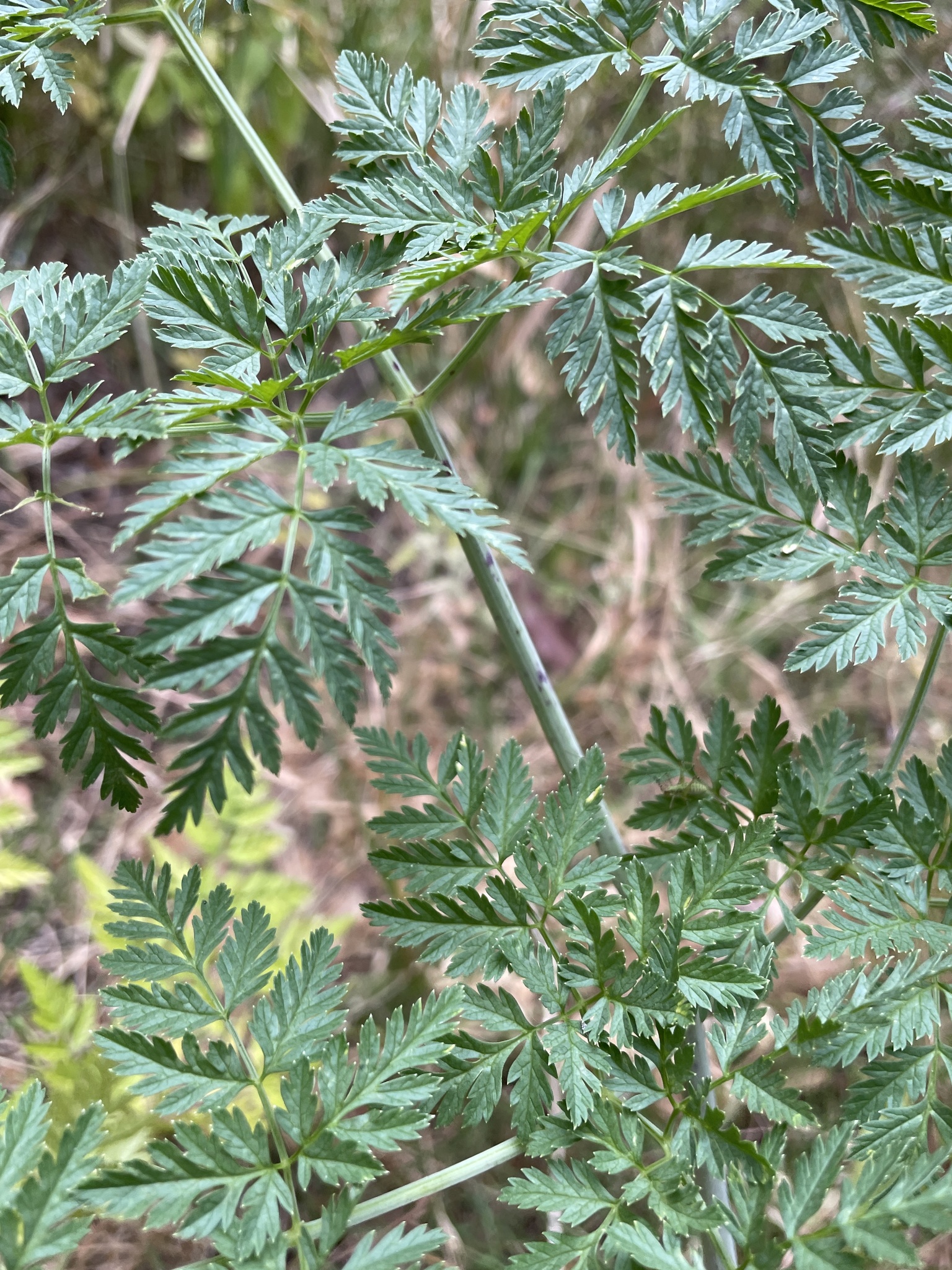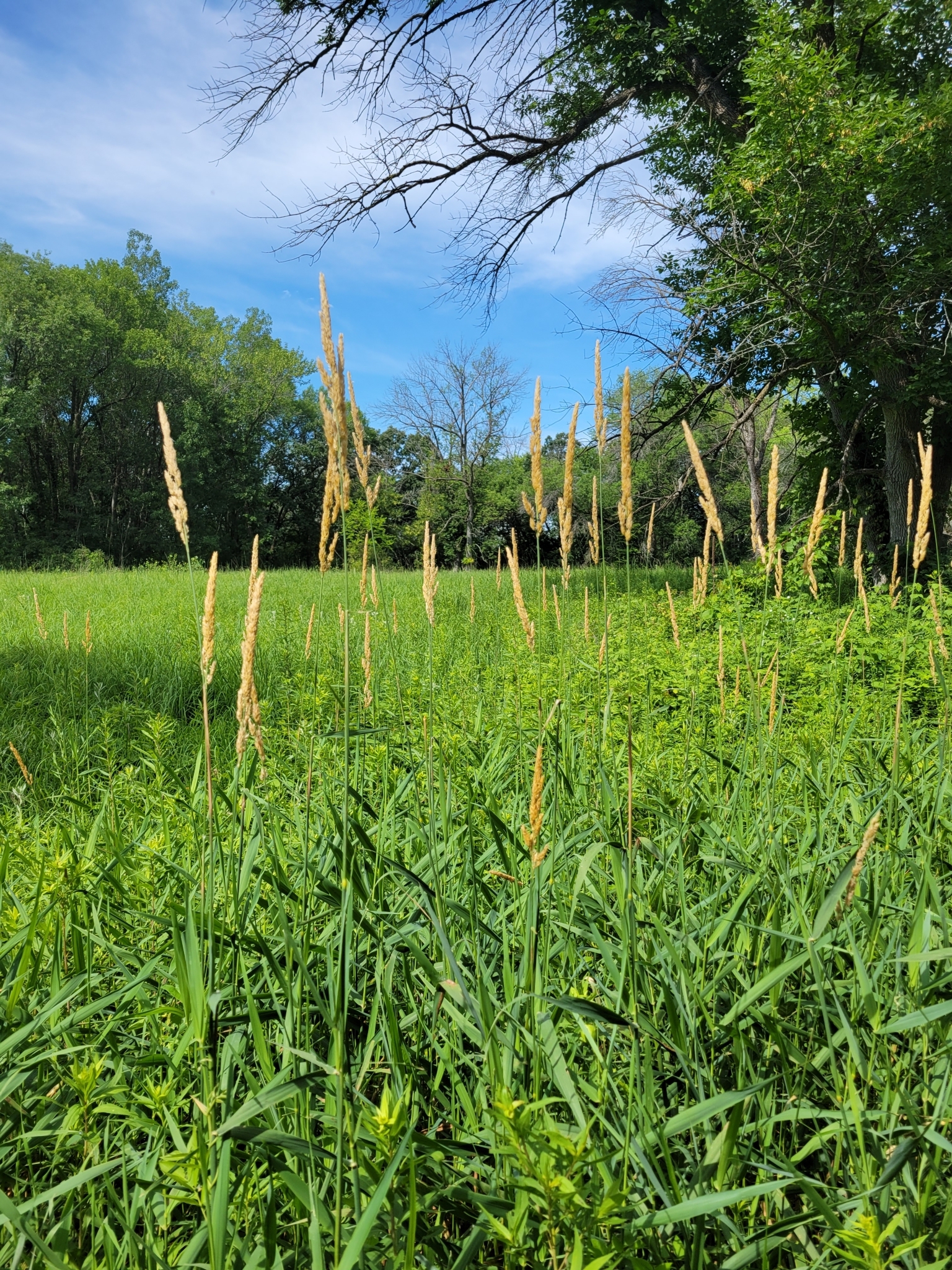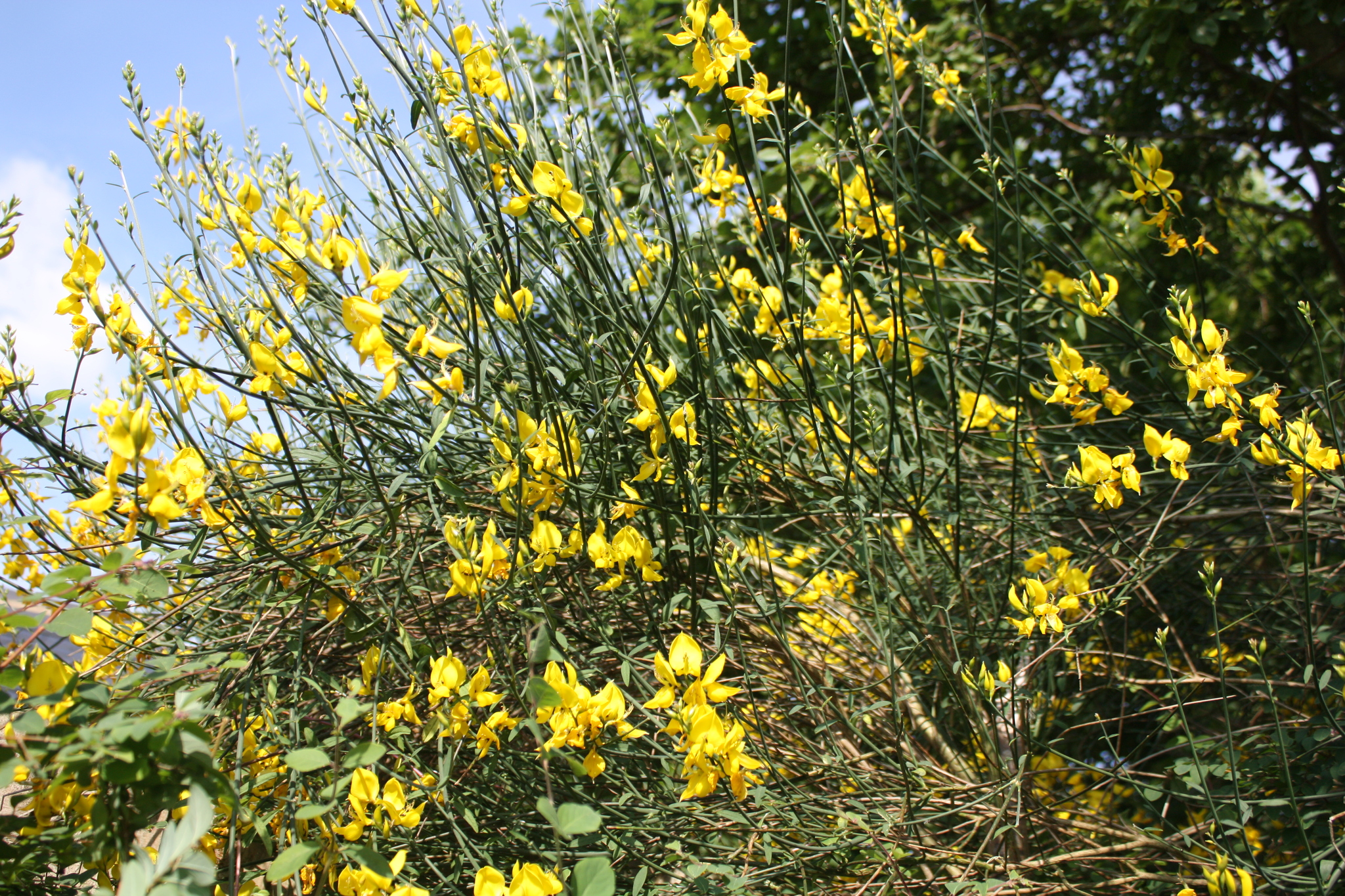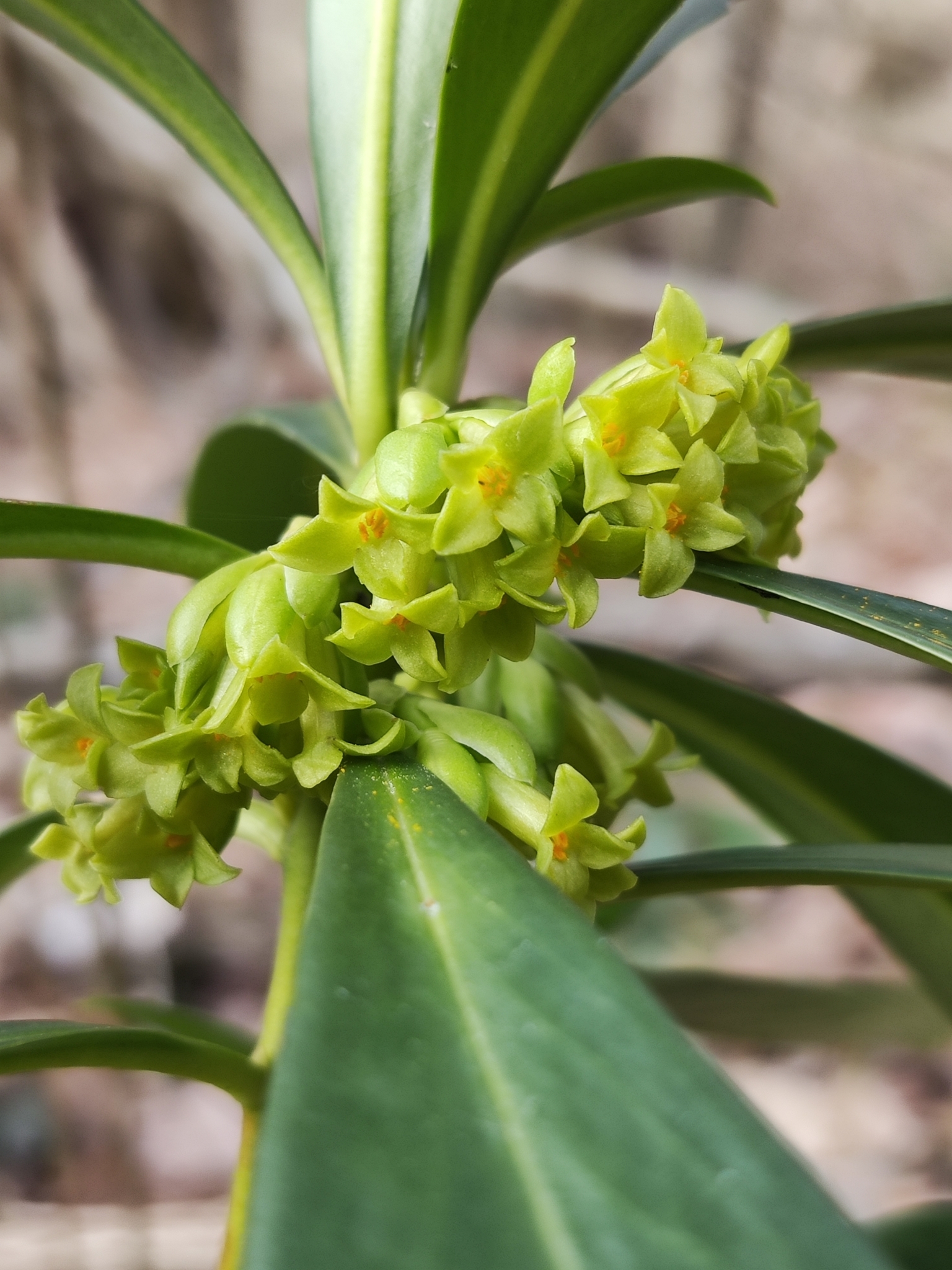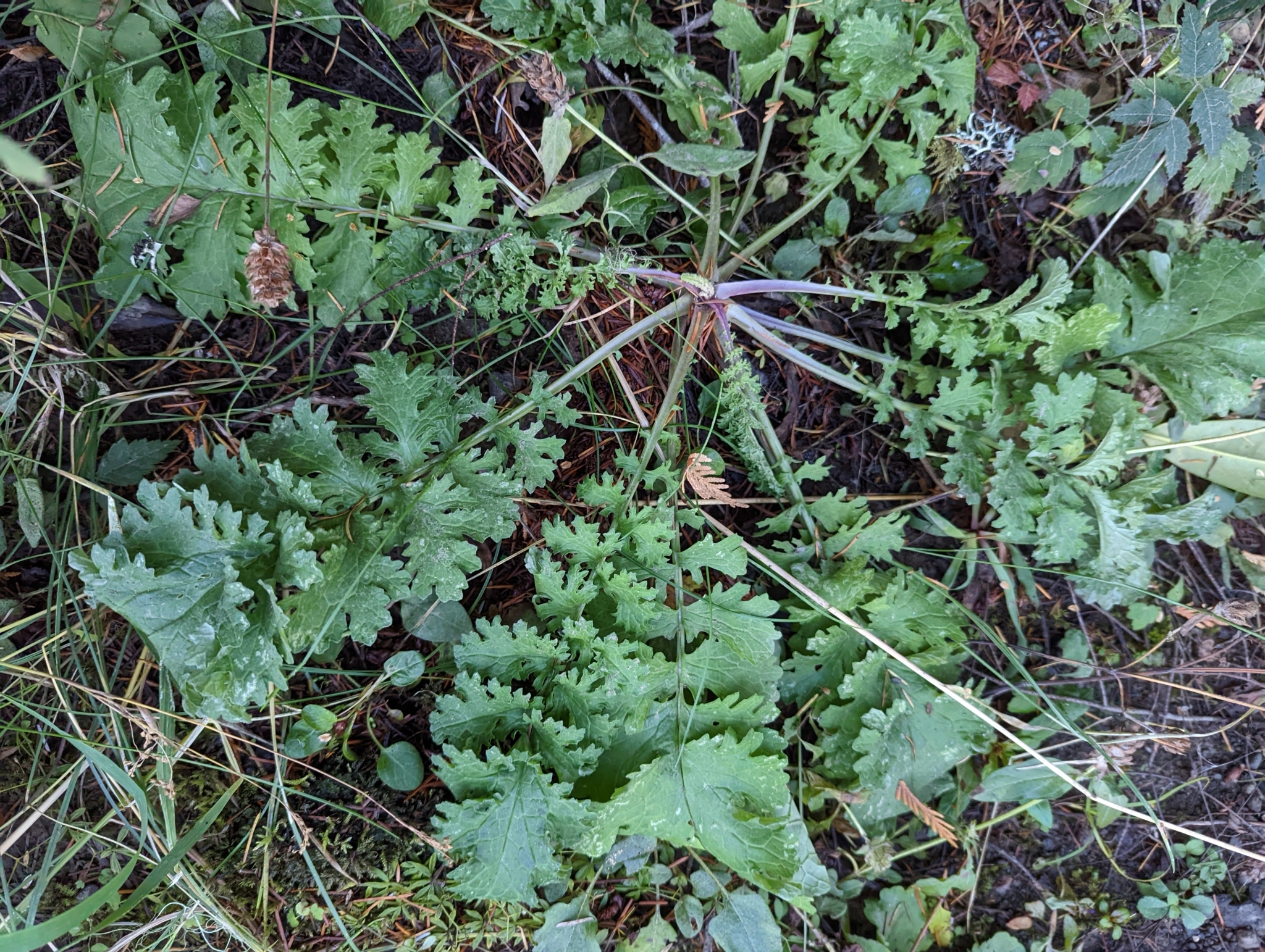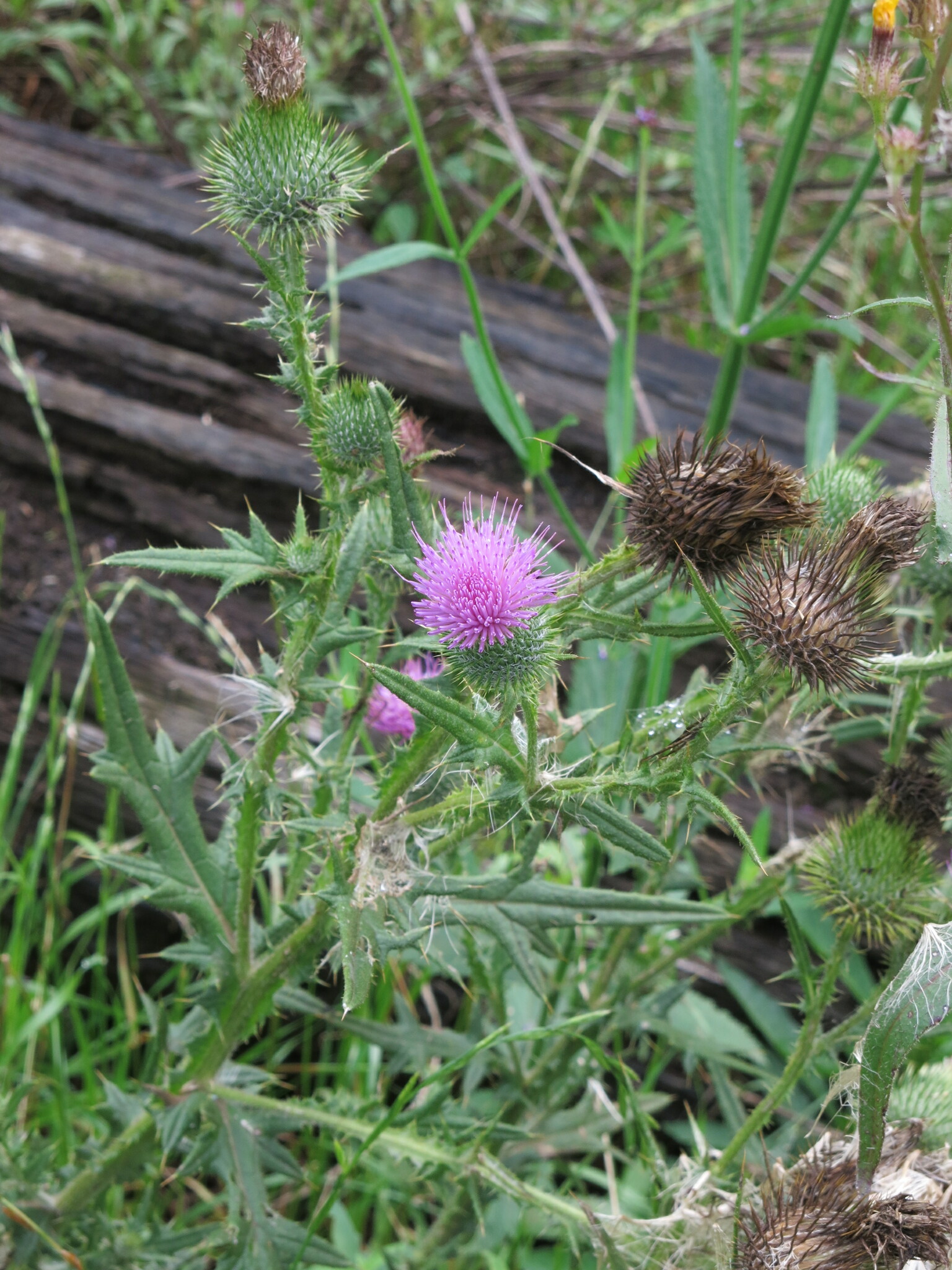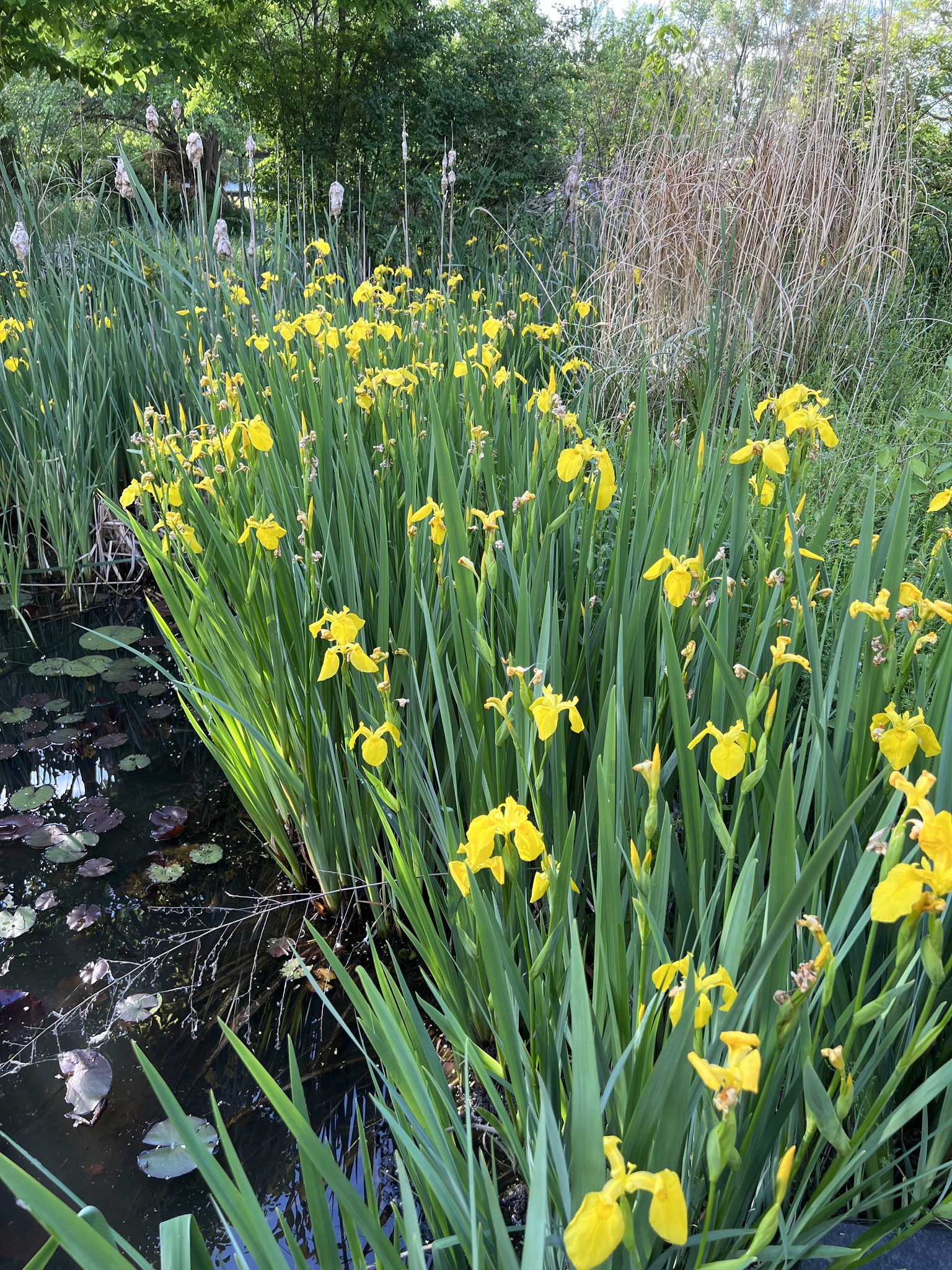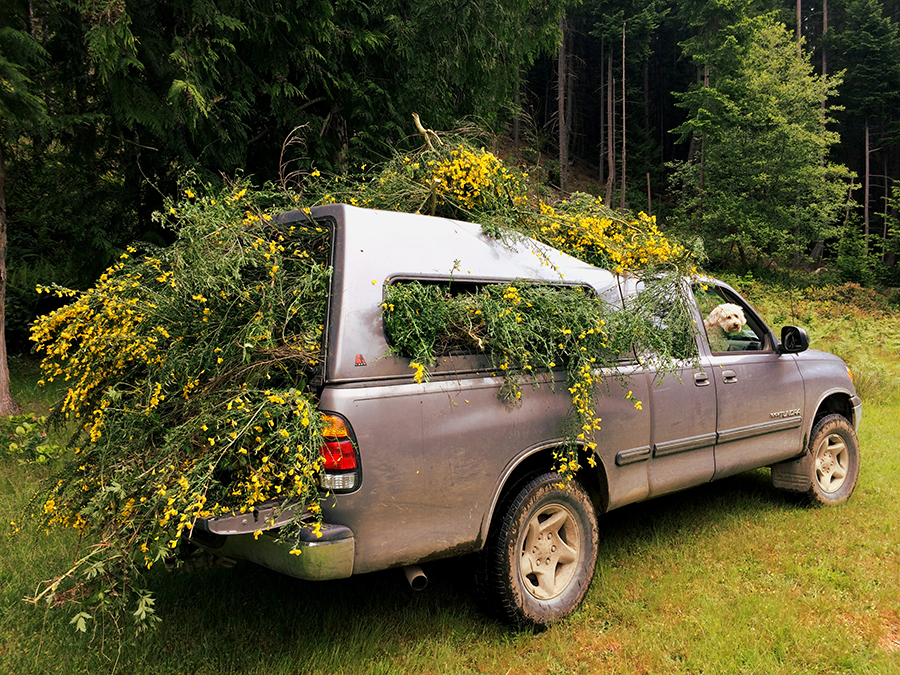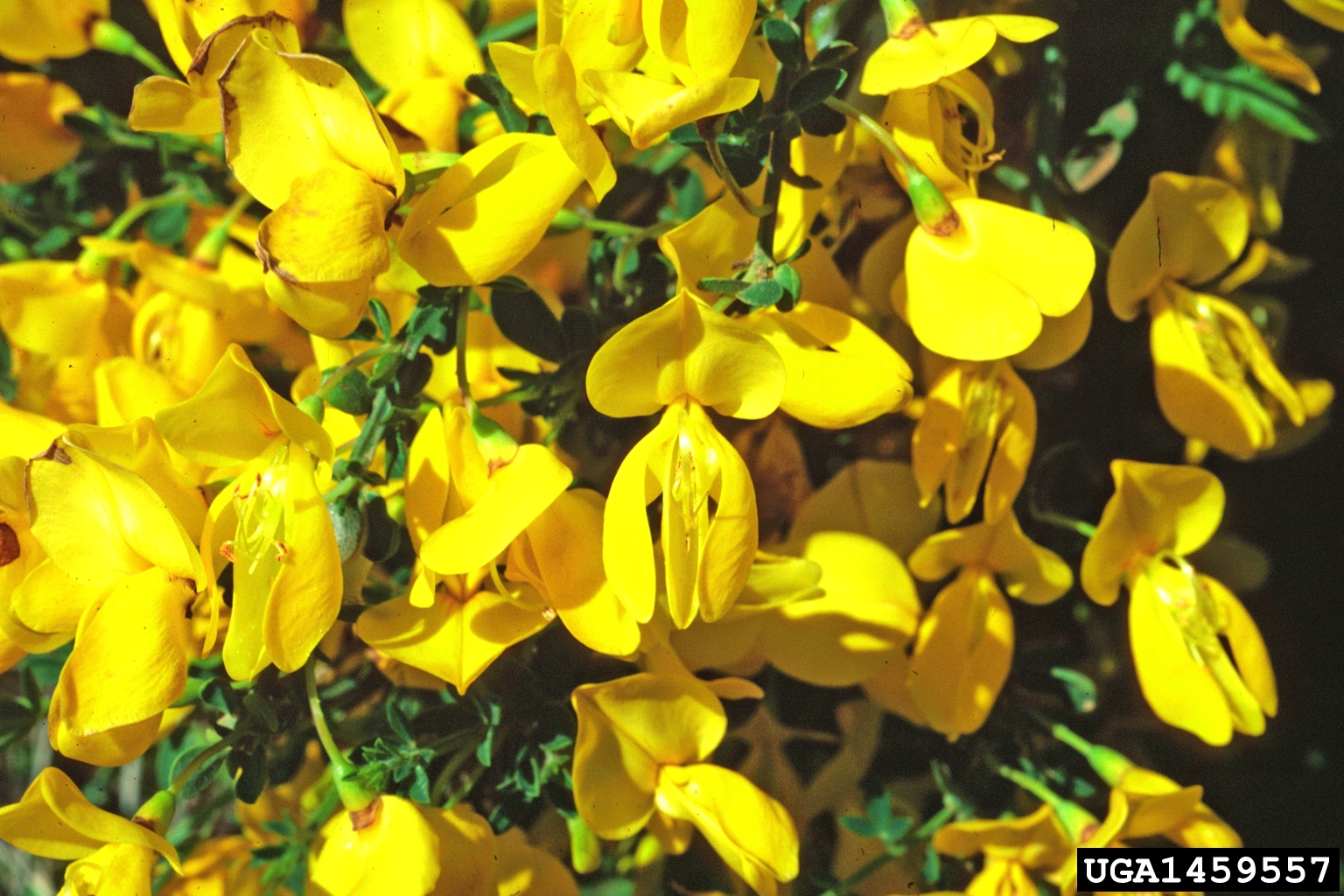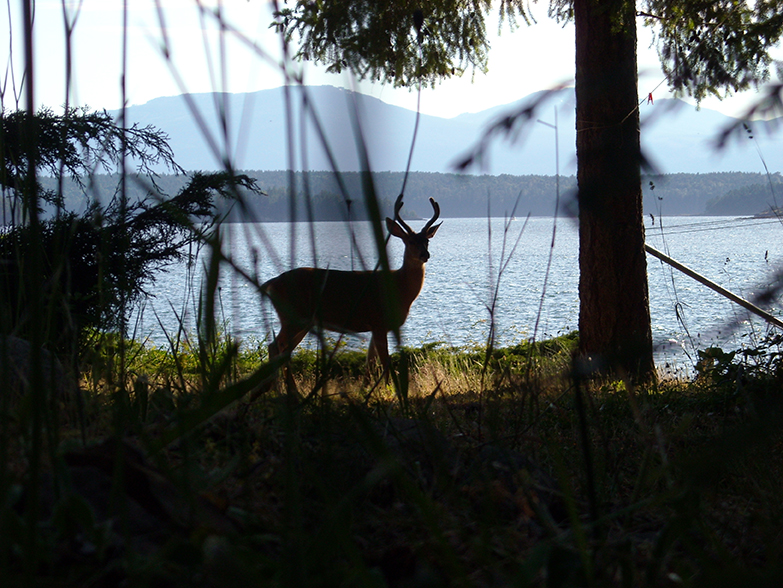Agronomic Grasses
Various species
Read MoreAgronomic Grasses (Various species)
Factsheets
Description
A variety of introduced annual and perennial grasses have become established on Galiano Island. These include:
- Agrostis capillaris – colonial bentgrass
- Agrostis stolonifera – creeping bentgrass
- Aira caryophyllea – silver hairgrass
- Aira praecox – early hairgrass
- Anthoxanthum aristatum – small sweet vernalgrass
- Anthoxanthum odoratum – sweet vernalgrass
- Alopecurus spp. – foxtails
- Bromus diandrus syn. rigidus – rigid brome
- Bromus hordeaceus – soft brome
- Bromus sterilis – barren brome
- Bromus tectorum – cheatgrass
- Cynosurus echinatus – hedgehog dogtail
- Cynosurus cristatus – crested dogtail
- Dactylis glomerata – orchard grass
- Echinochloa crus-galli – barnyardgrass
- Elymus repens – quackgrass
- Festuca trachyphylla – hard fescue
- Holcus lanatus – velvet grass
- Hordeum murinum – wall barley
- Lolium perenne – perennial ryegrass
- Phalaris arundinacea – reed canarygrass
- Phleum pratense – Timothy grass
- Poa annua – annual bluegrass
- Poa bulbosa – bulbous bluegrass
- Poa compressa – Canada bluegrass
- Poa pratensis – Kentucky bluegrass
- Schedonorus arundinaceum – tall ryegrass
- Schedonorus pratense – meadow ryegrass
- Vulpia bromoides – barren fescue
- Vulpia myuros – rattail fescue
Habitat
Agronomic grasses become established in exposed, disturbed soil. They are common in old pastures and agricultural areas, and are quickly become the dominant cover on recently disturbed sites.
Impact
Agronomic grasses on Galiano Island form a dense thatch that smothers low-growing native species and prevents the regeneration of native ecosystems. They are especially damaging in Garry Oak ecosystems, where they often completely replace native species.
Management
Management will differ by species (see links to individual guides, above). Some species can be easily removed by hand; others will have dense root systems that will require smothering. Some species may be impossible to eliminate from a site until dense forest cover is established. On permanently open sites such as woodlands and Garry Oak meadows, careful management is necessary to favour native species over agronomic grasses.
Our Experience
Agronomic grasses are now widespread in virtually every ecosystem on Galiano Island, and are effectively here to stay. On cleared sites, they should be managed until a native tree canopy can be established to shade them out; on sensitive sites such as Garry Oak ecosystems and coastal bluffs, they should be managed to mitigate their impacts on native species.
